#Lombardy Region
Explore tagged Tumblr posts
Text
Lake Como: Elegance and Nature in the Heart of Italy 🇮🇹 !.
Lake Como, located in the Lombardy region, is one of Italy's most romantic and exclusive destinations. This stunning lake, framed by the Italian Alps, blends dreamy landscapes, historic villas, and charming villages. Its inverted "Y" shape and crystal-clear waters have inspired artists and travelers for centuries.
#Lake Como#Italy#Lombardy region#life#downfall#downfalldestiny#حياة#magic destinations#magical world#magic moments#love#Beautiful#Scenery#Lake#Landscape#Dream#traveler
86 notes
·
View notes
Text
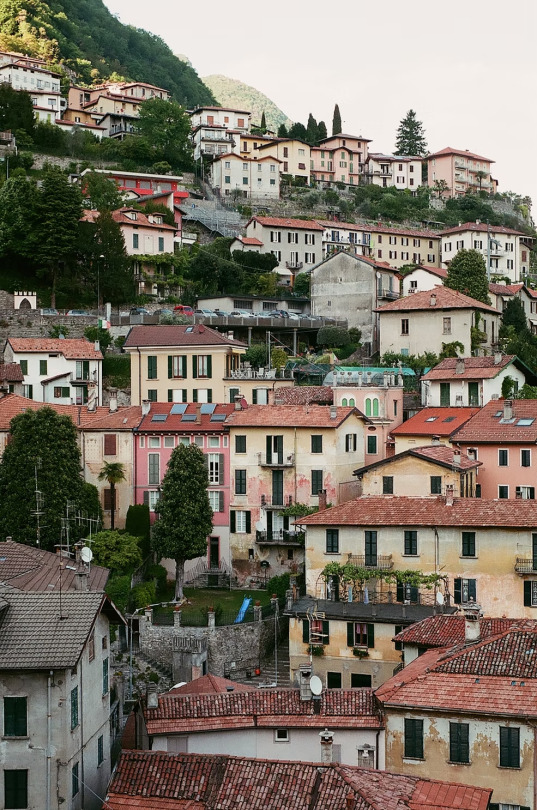
Menaggio, Lombardy Region, Italy
Svetlana Gumerova
11 notes
·
View notes
Text
Lake Como: Where Beauty Flourishes Timelessly
Content credit: By Tauck From sapphire coasts carved by the sea to vineyards sprawling across sun-drenched hills, Italy is perfectly sculpted by nature. Its beauty resonates everywhere, but its magic shines brightest in a 29-mile-long lake in Northern Italy’s Lombardy region. This pocket of romanticism surrounded by towering mountains, stunning gardens, and opulent villas, has enchanted visitors…

View On WordPress
#Bellagio#Como#Como Silk City#Escorted Tours#Italy#Lake Como#Land Package#Lombardy Region#Luxury Lifestyle#Northern Italy#Romantic Vacation#Spectacular Villas#Tauck#travel advisor#Varenna
0 notes
Text

View of Tremezzo and Codenabbia on the shores of Lake Como, Lombardy region of Italy
Italian vintage postcard
#postkarte#postal#italian#lake como#ansichtskarte#shores#view#lombardy#tarjeta#ephemera#italy#postcard#photography#lake#codenabbia#carte postale#vintage#briefkaart#sepia#como#photo#tremezzo#postkaart#region#historic
24 notes
·
View notes
Text

Villa Balbianello, Lago di Como, ITALY
#villa del balbianello#lago di como#lake como#lago de como#lenno#lombardy#lombardia#region#north#norte#italy#italia#europe#europa
67 notes
·
View notes
Text
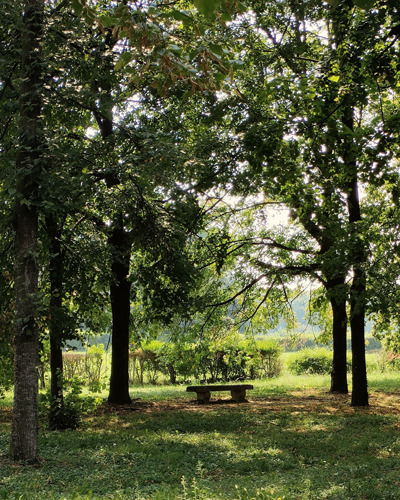





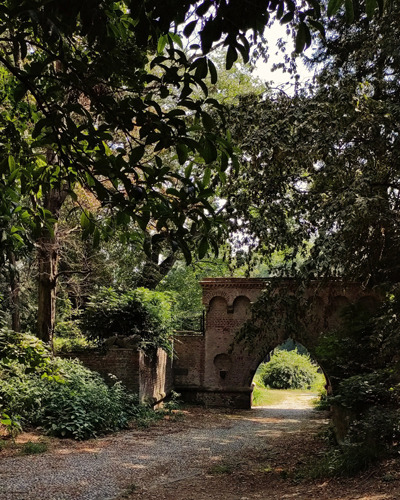
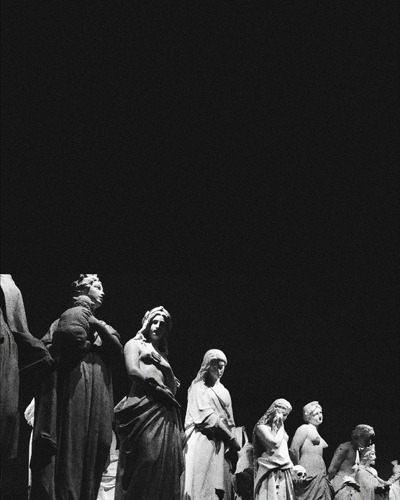
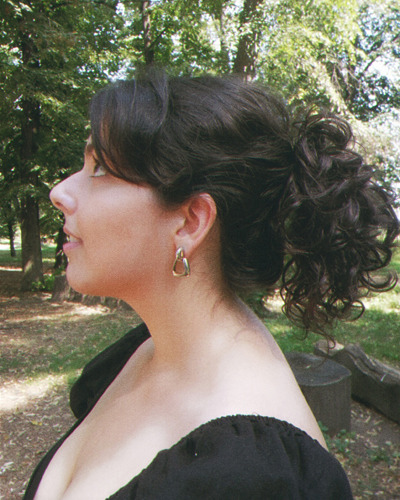
snippets from my week in lombardia 🍝🍷
#it's such a beautiful region to visit 🤍#(i almost forgot about the heat... almost lmao)#italia#lombardia#italy#lombardy#photography#phone photography#mine#personal
22 notes
·
View notes
Text

#4k#Lombardy table flag#white background#Lombardy flag#table flag of Lombardy#Lombardy flag on metal stick#flag of Lombardy#Italian regions flags#Lombardy#Italy#Lombardy region flag#wallpapers
0 notes
Text
Counting the days until November 1st...
#Choosin various day trips for my trip to Mantova#L9mbardy is far from my favourite region but there are still some gems#*Lombardy#Personal
0 notes
Text
Italy is funny because sometimes a person from another region talks and says something about food/habits/culture etc and you look at them completely clueless so much that if an alien was there he would make a lot more sense. I love it so much
#the worst part is that this diversity that we still have causes more real fights and insults and even name calling than curiosity#or fun and thatthat's pretty sad tbh. i have a list of regions that turns the above into some religious blood bath bc they're so deeply#unfunny but i can't say it bc everyone would be too offended by the truth#i can say it's not lombardy#cough veneto toscana campania cough
0 notes
Text

Temple-Theater of Monte San Nicola, Casertano, Italy
Discovered accidentally by Nicolino Lombardi while flying in his ultralight helicopter, the Temple-Theater reveals a compelling story of historical intrigue dating back to the late Ancient Roman Republican period, possibly around the 2nd-1st century BC.
This remarkable archaeological site, hidden for centuries beneath overgrown vegetation, has sparked scholarly debate about whether the complex was built by Roman architects or indigenous Italic tribes like the Samnites.
Situated at an elevation of 410 meters in the scenic Sannio area, the presence of nearby tombs suggests that it fell out of use by the 2nd century AD. If the dating is accurate, the construction of the temple-theater coincided with Rome's victories over rivals such as Carthage and conflicts with local enemies.
Positioned strategically to overlook key northern routes, the complex likely represented Rome's growing power in the region.
Similar to the Samnite theater at Pietrabbondante, this structure symbolizes Rome's control over the Italian landscape, reflecting ancient rivalries and ambitions.
#art#history#design#style#archeology#antiquity#architecture#theatre#temple#monte san nicolas#italy#casertano#roman#samnite#sannio
968 notes
·
View notes
Text
save venezuela from argentina fr
Out of context things my OCs have said
-----
Brazil: IMAGINE BEING IN BED AND YOUR PARTNER SAYS TE AMO OR SOME SHIT
-----
Lombardy: i killed his balls
-----
Veneto: did you just call me Lombardy's bitch...
-----
Piedmont: at least I don't flood all the time
Romagna: at least I can top decently
-----
Guangdong: he looks like a homosexual hobo!!
-----
Argentina: I WANT TO SEE THEM IN REAL LIFE NOT IN PICS
-----
Scandinavia: That guy looks like he's over 15. You should send him to war, Norge.
-----
Provence: better than being related to Italie and that one guy who borders with me..
-----
Piedmont: Sicilia and Calabria are actually greek !!!!!! fake italians
-----
Marche: How do I tell someone they're annoying politely?
Abruzzo: you don't
-----
Umbria: I'm not a simp
-----
Trentino: once Alto Adige killed a squirrel with her own hands because we were lost in a forest
-----
Südtirol/Alto Adige: ... Trentino is a threat to world peace
-----
Calabria: auguri e figli maschi
-----
Lombardy: why'd you glare at me. I'm calling 1522.
-----
Lombardia: what--- who the fuck would want to fuck you anyways you ugly ass
-----
Brazil: is this the middle ages
-----
Valle d'Aosta: why do they always want to kill each other??!!
-----
Piedmont: lo vuoi sto trapezio?
-----
#hws#hws ocs#hws italian regions#hws guangdong#hws brazil#hws argentina#hws piedmont#hws lombardy#hws romagna#hws scandinavia#hws marche#hws abruzzo#hws valle d'aosta#hws campania#hws calabria#hws sardinia#hws alto adige#hws südtirol#hws provence#hws veneto#hws umbria#hws sicily
11 notes
·
View notes
Text

Lake Como, Bellagio, Como Province, Lombardy Region, Italy
Svetlana Gumerova
1 note
·
View note
Text
Also preserved on our archive
Whenever you hear someone trying to blame kid's poor test scores "post pandemic" on "lockdowns," show them this.
By Dr. Sushama R. Chaphalkar, PhD.
New research shows that mild COVID-19 alters brain structure and connectivity in key areas responsible for memory and cognition, emphasizing the lasting effects on young people’s brain health.
In a case-control study published in the journal Translational Psychiatry, researchers used magnetic resonance imaging (MRI) and cognitive tests to examine brain structure, function, and cognition in adolescents and young adults with mild coronavirus disease 2019 (COVID-19) compared to healthy controls in a pandemic hotspot in Italy. They identified significant changes in brain regions related to olfaction and cognition, with decreased brain volume and reduced functional connectivity in areas like the left hippocampus and amygdala, which were linked to impaired spatial working memory. Notably, no significant differences were observed in whole-brain connectivity, suggesting that these changes were localized rather than widespread.
Background COVID-19, primarily known for respiratory symptoms, also affects the central nervous system, leading to neurological issues like headaches, anosmia, and cognitive changes. MRI-based studies reveal anatomical brain changes in COVID-19 patients, such as reduced gray matter and decreased volume in regions like the hippocampus and amygdala, often linked to cognitive deficits.
While research mostly focuses on severe cases and older adults, a majority of infections with severe acute respiratory syndrome coronavirus 2 (SARS-CoV-2), the causative agent of COVID-19, occur in adolescents and young adults who also experience long-lasting cognitive symptoms.
This age group, undergoing key brain development, is impacted by changes in spatial working memory and brain structure, which are crucial for cognitive functions shaped by social interactions, significantly disrupted by the pandemic.
Given that this is the largest and most understudied population affected by COVID-19, understanding the brain and cognitive impacts in adolescents and young adults is vital.
Therefore, researchers in the present study compared anatomical, functional, and cognitive outcomes, utilizing a longitudinal design that allowed them to assess both pre- and post-infection differences, in COVID-19-positive and negative adolescents and young adults from Lombardy, Italy, a global hotspot during the pandemic.
About the study The present study involved participants from the Public Health Impact of Metal Exposure (PHIME) cohort, a longitudinal investigation of adolescents and young adults in northern Italy. Between 2016 and 2021, 207 participants, aged 13 to 25 years, were included in a sub-study with MRI scans and cognitive tests. After COVID-19 restrictions were lifted, 40 participants (13 COVID+ and 27 COVID−) participated in a follow-up study, which replicated the MRI and cognitive assessments.
The mean age of participants was 20.44 years and 65% were female. COVID+ status was confirmed through positive reverse transcription polymerase chain reaction (RT-PCR) tests within 12 months of follow-up. Neuropsychological assessments used the Cambridge Neuropsychological Test Automated Battery (CANTAB) to evaluate spatial working memory.
MRI and functional MRI data were acquired using a 3-Tesla scanner, processed, and analyzed for structural and local functional connectivity using eigenvector centrality mapping (ECM) and functional connectivity (FC) metrics. Whole-brain functional connectivity metrics showed no significant differences between COVID+ and control groups, indicating that the observed changes were specific to key brain regions rather than generalized across the entire brain.
Statistical analysis involved the use of pairwise Student's t-tests, Kolmogorov–Smirnov test, linear regression, two-waves mediation analysis, negative binomial regression, and linear regression, all adjusted for covariates.
Results and discussion Significant differences were observed in the two groups regarding the time between assessments, COVID-19 symptoms, and vaccine status. The research identified five localized functional connectivity hubs with significant differences between the two groups, including the right intracalcarine cortex, right lingual gyrus, left frontal orbital cortex, left hippocampus and left amygdala, which is vital for cognitive functions. Only the left hippocampal volume showed a significant reduction in COVID+ participants (p = 0.034), while whole-brain connectivity remained unchanged, reinforcing the localized nature of the brain changes.
The left amygdala mediated the relationship between COVID-19 and spatial working memory "between errors" (p = 0.028), a critical finding that highlights the indirect effect of amygdala connectivity on cognitive function in COVID+ individuals. This mediation analysis underscores the role of specific brain regions in influencing cognitive deficits, as only the indirect effect was statistically significant for spatial working memory errors. The orbitofrontal cortex, involved in sensory integration and cognitive functions, also showed decreased connectivity in COVID+ individuals, supporting previous findings of structural and functional changes in this region during COVID-19.
The study is limited by small sample size, lack of diversity, potential confounding factors due to the long interval between MRI scans, treatment of certain subjects as COVID-negative based on antibody testing beyond the 12-month threshold, and the possibility of non-significant findings in mediation analysis due to these factors.
Conclusion In conclusion, the findings indicate persistent structural and functional alterations in specific brain regions of COVID-19-positive adolescents and young adults, including changes in gray matter volume and localized functional connectivity, which correlate with diminished cognitive function, particularly in working memory.
Further research is necessary to evaluate the longevity and potential reversibility of these brain and cognitive changes post-infection, enhancing our understanding of post-COVID outcomes and informing future interventions and treatments. The longitudinal design of this study, with pre- and post-COVID data, strengthens these findings by allowing direct comparisons over time, offering robust insights into the impact of COVID-19 on adolescent brain development.
Journal reference: COVID-19 related cognitive, structural and functional brain changes among Italian adolescents and young adults: a multimodal longitudinal case-control study. Invernizzi, A. et al., Translational Psychiatry, 14, 402 (2024), DOI: 10.1038/s41398-024-03108-2, www.nature.com/articles/s41398-024-03108-2
#mask up#covid#pandemic#covid 19#wear a mask#public health#coronavirus#sars cov 2#still coviding#wear a respirator#long covid#covid conscious#covid is airborne#wear a fucking mask
151 notes
·
View notes
Text

Gothic tower of Osuccio on the shores of Lake Como, Lombardy region of Italy
Italian vintage postcard
#postal#italy#historic#ansichtskarte#lombardy#sepia#vintage#gothic#tower#tarjeta#como#italian#briefkaart#photo#osuccio#postkaart#lake como#ephemera#lake#postcard#postkarte#photography#region#shores#carte postale
23 notes
·
View notes
Text
Friendly reminder to witches and pagans who want to incorporate ancestral beliefs into their practice: be mindful that a lot of modern nations and their current dominant culture are relatively new, and even the concept of a national identity is very, very modern. Modern borders may not necessarily reflect the world your ancestors lived in.
For example: immigration documents record my great-great-great grandparents immigrating from Germany in the 1870s. But my ancestors weren't German -- they were Bavarian. They were both born in the country of Bavaria and fled to the USA after the unification of the German Reich (no, not that one). They wouldn't have spoken German as a first language -- they would have spoken Bavarian. And if I wanted to incorporate their culture into my practice, I would need to narrow my search to Bavarian folk practices. Other regional practices from other parts of modern Germany wouldn't have been relevant to my ancestors.
There's a similar situation with another great-great-great grandfather, who immigrated in the 1850s iirc. He was from Lombardy, near Milan, and was fleeing the unification of the Kingdom of Italy. He probably very much did not identify as Italian.
And on the other side of my family we have a Northern English line we've been able to trace back to the 1100s, and those ancestors from the Middle Ages probably identified as Northumbrian rather than as English. My "Scottish" ancestry probably actually comes from that same line, because Northumbria was a border state between England and Scotland.
Modern resources like Ancestry.com and other genealogy sites will use modern country names and borders, which can sometimes give us false understandings of where our ancestors actually came from. This is why it's important to do your own research and fact-check outside the ancestry documents.
#and of course ancestral links arent required for pagan practice#but if you want to#this is my advice#ancestor work#ancestor worship#ancestors#ancestry#genealogy#history#european history#mine#witch#pagan#witchblr#paganism#paganblr
427 notes
·
View notes
Text

🇮🇹 Porlezza on Lake Lugano in the Italian region of Lombardy - a photochrom print from the 1890s. Digitally restored.
#Porlezza#Como#Lugano#Italy#Italia#Lake Lugano#Lombardy#Lombardia#photography#photo#landscape#Europe#heritage#vintage#photochrom#Southern Europe#foto#architectural revival#fascinating europe#europa
22 notes
·
View notes